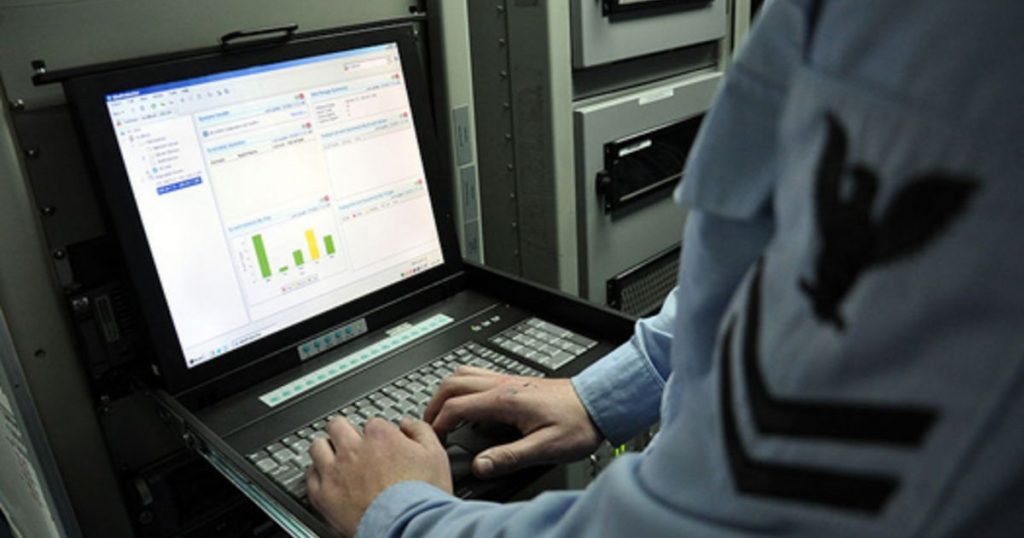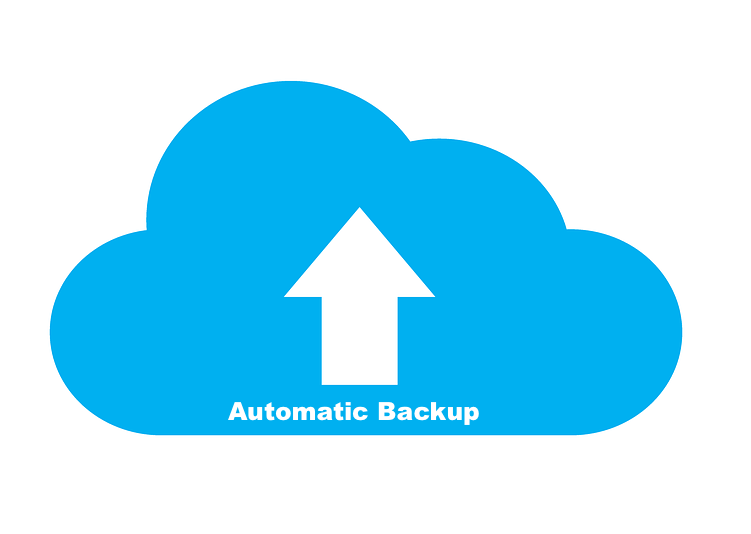At home, you have maybe a handful of devices on your network. Unless you have particularly bad cyber-hygiene, you aren’t terribly likely to be the victim of a cyber attack.
Meanwhile, at your business, you have dozens of devices connected to your network. If you are any larger than a brand-new startup, you could boast hundreds of devices, through which any savvy hacker or cybercriminal could easily find a way to your valuable data. A single wrong click by an employee, a simple slip of a password or a brief connection to an unknown device could bring your entire business to its knees.
You need cybersecurity. Here’s exactly what you need.
Intrusion Detection
Intrusion detection tools (often shortened to IDS) scan your network for threats, such as malware, viruses, worms, and policy violations. They provide passive monitoring and typically only identify known threats. Similarly, intrusion prevention tools (IPS) work to detect threats on your devices and network, but they perform active, in-line monitoring that can recognize, and block known and unknown attacks.

Every year, intrusion detection and prevention techniques become more complex and therefore more valuable to businesses. As a result, their deployment is increasing every year. No matter the size of your business, you need IDS and/or IPS to keep your network safe.
Network Access Control
If your network isn’t protected, your business is courting cyberattack. A network access control system (or NAC) restricts access to your network, so you know that only authorized workers can see and use your valuable data. NAC tools should guard against all sorts of potential threats, including vulnerabilities from mobile and IoT devices. They can also set permissions, so different users have different privileges on the network.
NACs can be expensive investments, but considering the exponential increase in attacks on businesses, it is likely wise for you to acquire one before it’s too late. As you shop for NACs, you should remember how many devices are connected to your network, who will control your network, and what kind of data your network should protect.
Endpoint Protection
The devices that use your business’s data are not always protected by your network. You better believe that your employees are using their smartphones, tablets, and laptops to get work done on networks outside of the office. In fact, the workforce is projected to become even more mobile: By 2020, almost three-quarters of American workers will primarily telecommute.
Endpoint protection effectively widens the security perimeter of an organization to anywhere an employee’s device travels. Endpoint security often contains features such as application whitelisting, privileged user control, encryption, data loss prevention, and insider threat protection. These services — in tandem with a strong BYOD policy — will keep your business safe as it becomes more mobile.
Automatic Backup
Continuous, automatic backups could save your business in more ways than one. Malicious malware isn’t the only potential threat to your business’s data; a spilled coffee, a meddlesome rodent, or an ill-trained employee in the server room can do just as much damage as a ransomware attack. In the event your network goes down, you can ensure that work will resume as normal with backups.

A true backup is much more than syncing a single device to a cloud storage center, like Google Docs or Dropbox. You want to be certain that the entirety of your business can return after a crisis. There are several choices you need to make when choosing your backup tools, including the backup type (on-premises or cloud), method (file-level or image-level), the recovery objectives (time, data, etc.), and more. No matter what service you choose, you must find something that is automatic and nearly continuous, so you can jump back into work exactly where you left off before the attack (or rat) hit.
Employee Security Training
The biggest threat to your business isn’t truly malicious criminals looking to snatch your data; it’s your own workers. Human error is the most common cause of vulnerability, so the more you can reduce your employees’ propensity to make grave, security-related mistakes, the better.
Fortunately, there are a few tools to help you teach your staff the basics of cyber-hygiene. At the very least, they should understand common attack vectors, the importance of encryption, and signs and symptoms of intrusion. Secure behavior should become second-nature amongst your workforce, but to instill good habits, you need consistent, high-quality training.

